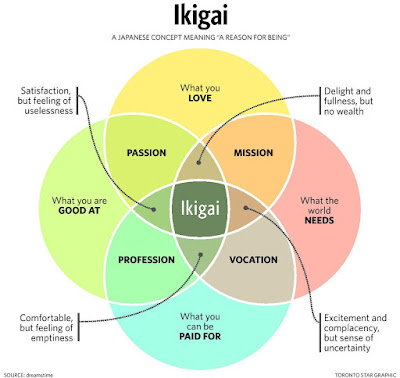According to new research by Dan Buettner and National Geographic, the 10 happiest cities in America are:
- Boulder, Colorado
- Santa Cruz, California
- Charlottesville, Virginia
- Fort Collins, Colorado
- San Luis Obispo, California
- San Jose, California
- Provo, Utah
- Bridgeport, Connecticut
- Barnstable Town, Massachusetts
- Anchorage, Alaska
I find "Happiness Research" fascinating. This blog is full of evidence of my interest in this topic. One thing I like about Buettner's approach is the distinction he draws between Positive Psychology (think mindfulness and gratitude journals), and more of a metrics-based approach.
Buettner, whose previous research has focused on longevity, admits that happiness is hard to define, let alone measure. One can, however, measure three things:
Buettner calls these metrics Pride, Pleasure, and Purpose, and he says enduring happiness occurs when these three strands are braided together.
Read more about the happiest cities in America, according to new research, HERE
- life satisfaction, or how you evaluate your life as a whole;
- positive affect, or your day-to-day, moment-to-moment happiness; and
- purpose, or whether you feel you have meaning in your life.
Buettner calls these metrics Pride, Pleasure, and Purpose, and he says enduring happiness occurs when these three strands are braided together.
Read more about the happiest cities in America, according to new research, HERE













